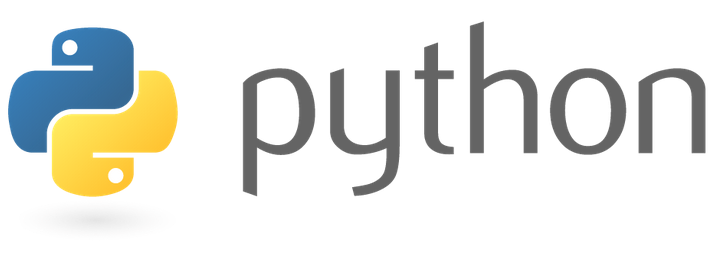[Feature] Heroku add-on integration
[Feature] Published API libraries: Go, Node.js, PHP, Python, Ruby
[Improvement] Added support for multi-user Pingdom enterprise accounts
[Improvement] Updated developer API documentation
[Improvement] Handle both seconds and milliseconds for custom metrics API
[Improvement] Added new AWS region: ap-northeast-2 / Seoul
[Improvement] Disabled autocomplete for login view password field
[Improvement] Automatic trial expiring email notifications
[Bug] Fix issue with Internet Explorer and 408 errors
[Bug] Fix Frankfurt AWS region coordinates
[Bug] Fix subscriber/update API method to include ‘method’ variable


